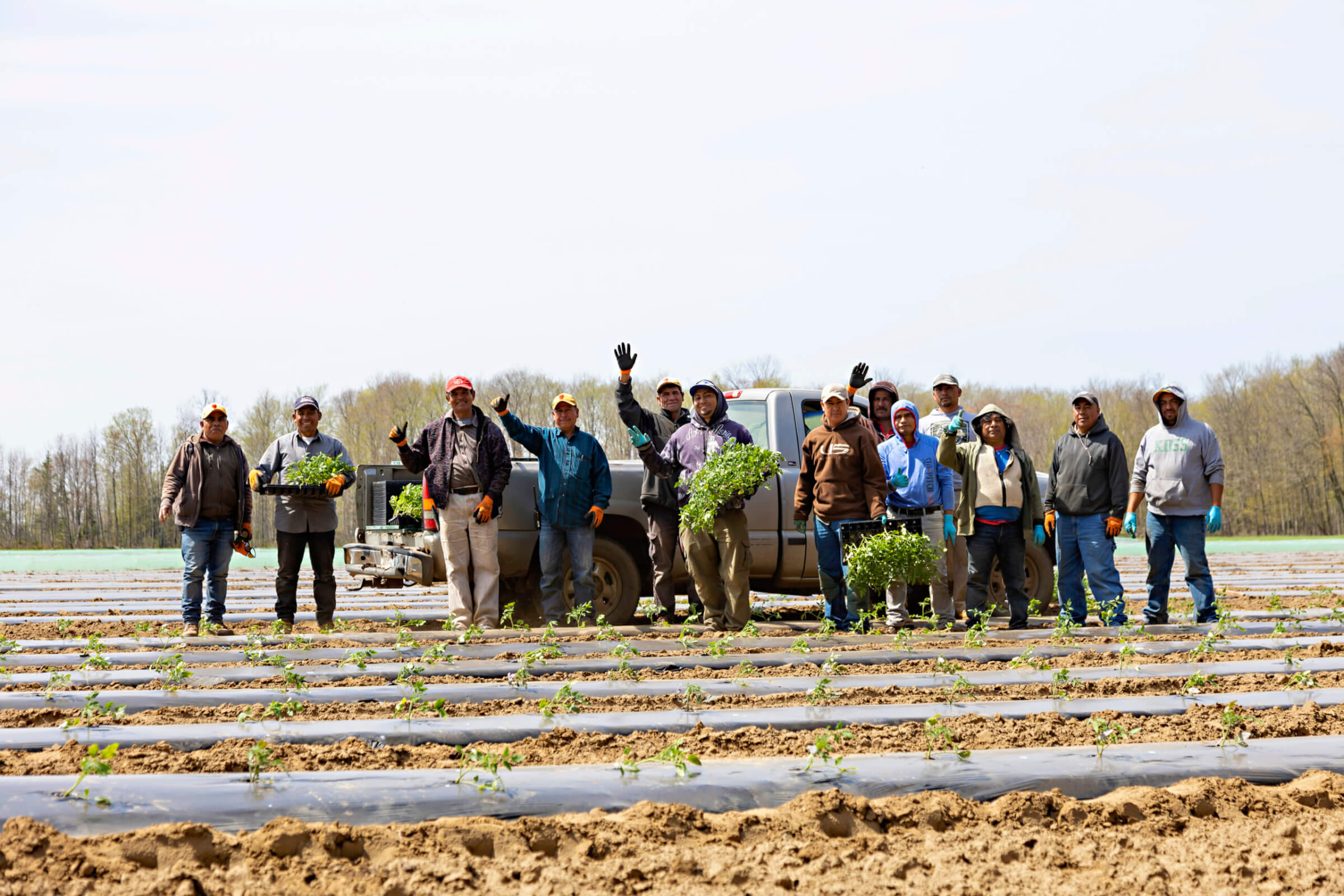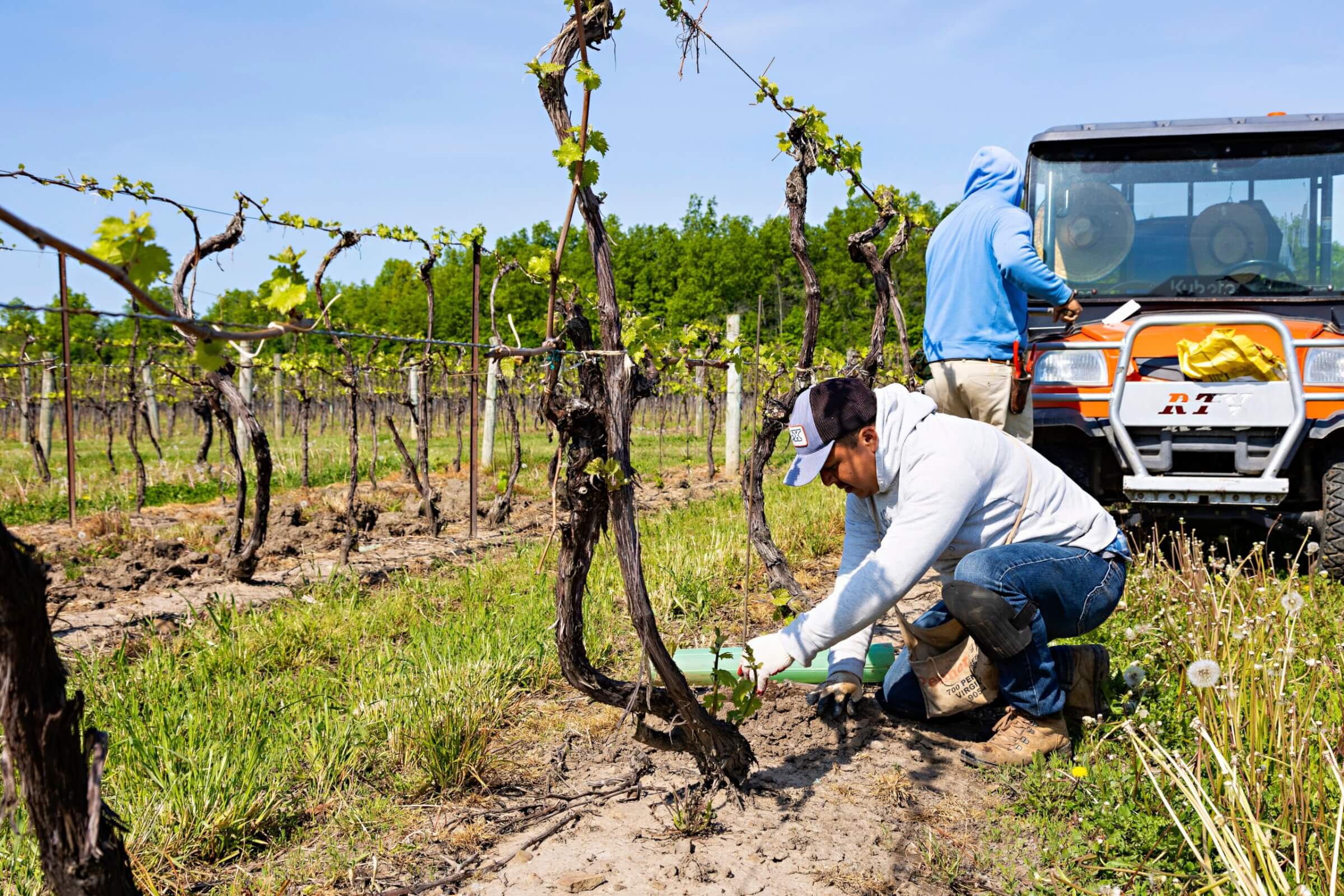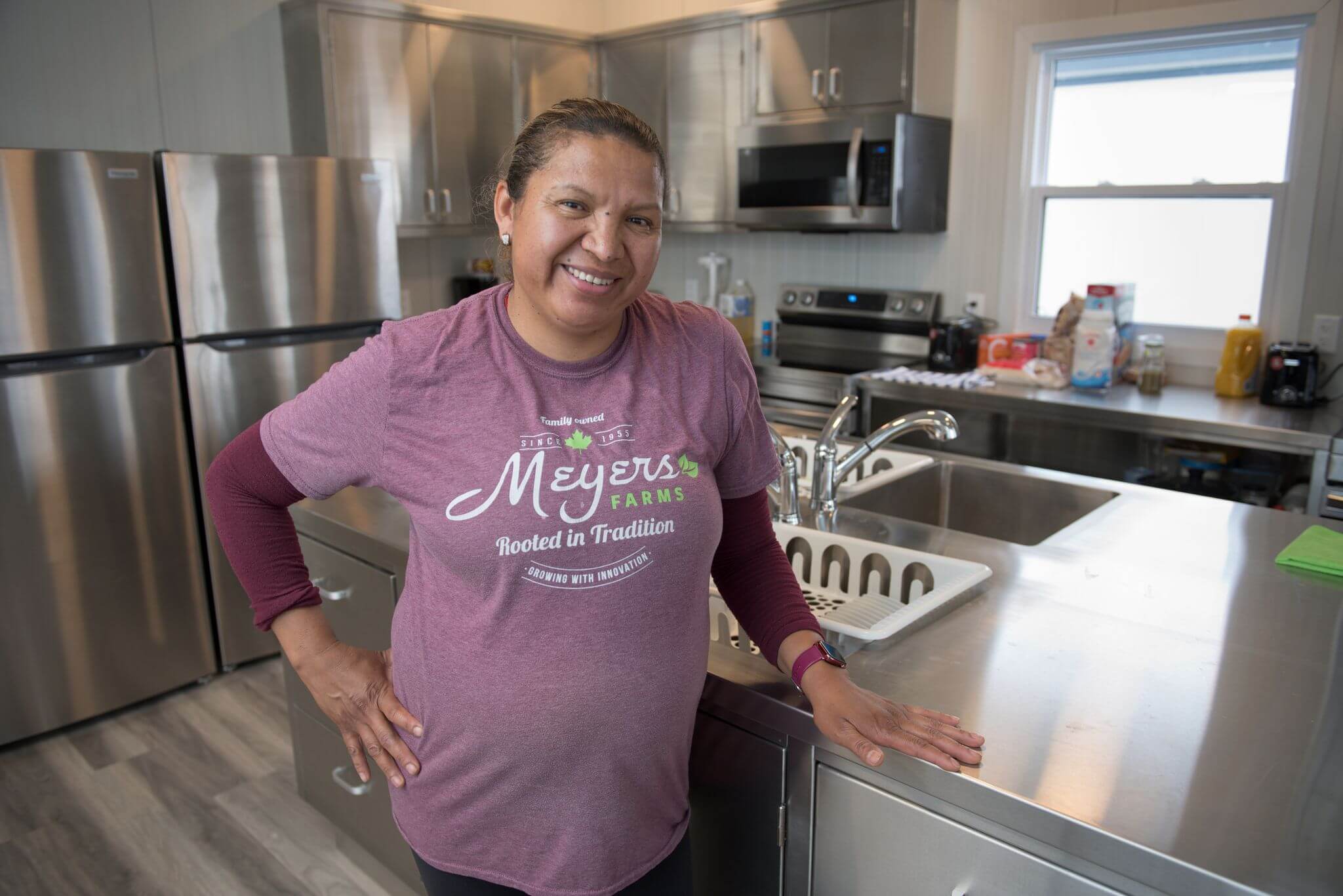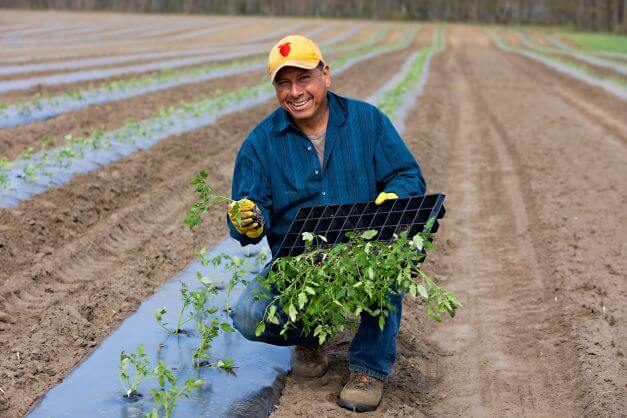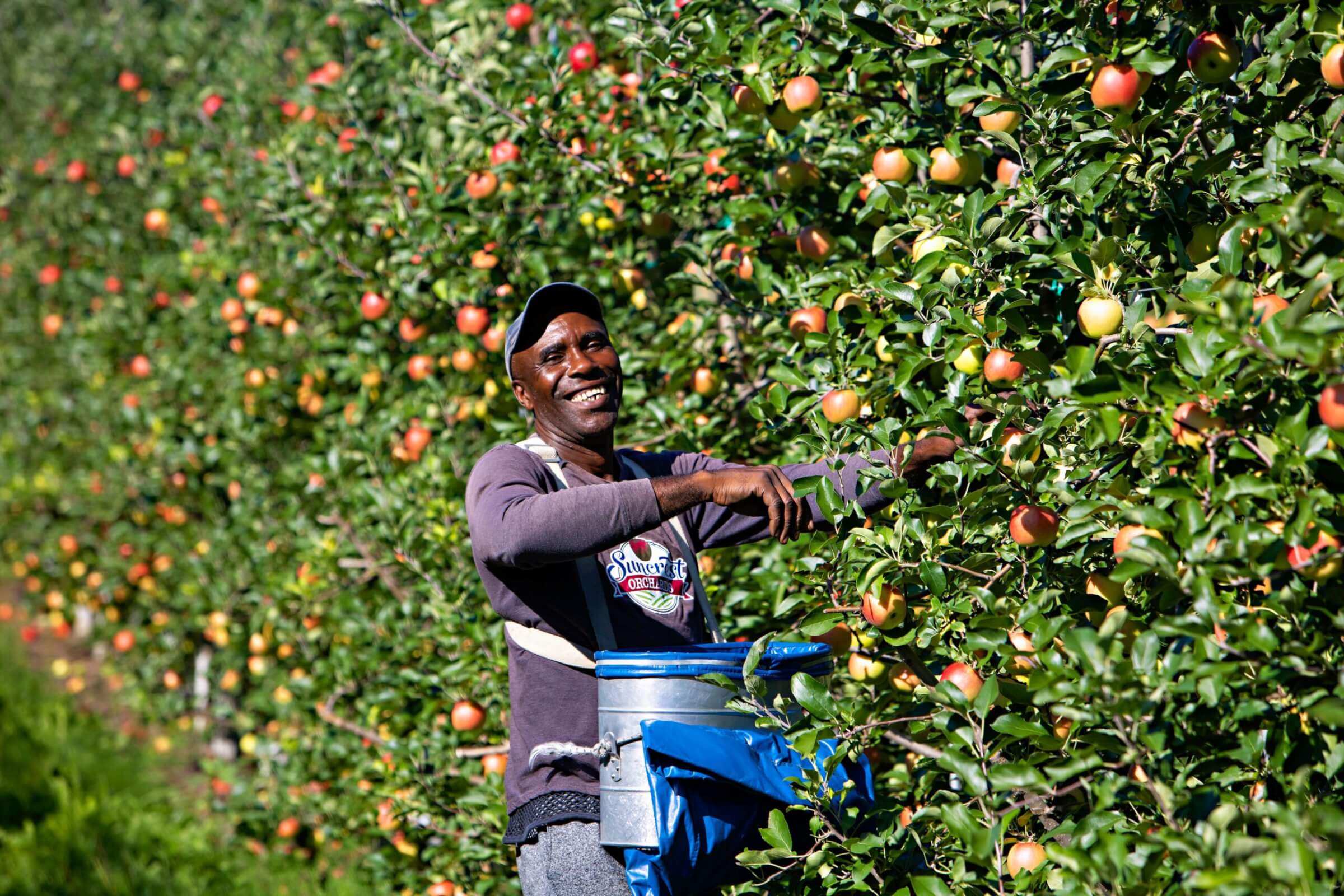The Jamaican Liaison Service is gearing up for an exciting summer with plans to enhance the overall experience of Jamaican farm workers employed in Ontario. To kick off these efforts, they’ve launched a series of events spanning all major farming regions in the province. Similar events are being planned across other provinces as well.
The first of these events took place in Niagara-on-the-Lake, starting with a lively ‘cook-up’ gathering that drew workers from the local area. The evening was a mix of music, games, and delicious cuisine, including jerk chicken and curried goat catered by a Jamaican restaurant. Attendees also had the chance to win exciting prizes, including a brand-new TV, through a raffle that added to the festive atmosphere.
Each participating country in the Seasonal Agricultural Worker Program provide liaison officers in Canada to ensure the smooth functioning of the program for the mutual benefit of both the employers and workers.
“This initiative forms a crucial part of the new liaison service plan to enhance its service delivery to our workers and is integral to the comprehensive effort to overhaul and reaffirm our commitment to safeguarding the welfare of Jamaican workers while working in Canada,” said chief liaison officer, Althea Riley.
The event commenced with an opening ceremony hosted by a few of the Jamaican liaison officers, who welcomed over a couple hundred people, made up of workers and members of the Niagara farming community. Speakers expressed heartfelt appreciation for the invaluable contributions of Jamaican workers to Ontario’s fruit and vegetable industry, specifically in the Niagara area.

Highlighting the evening were individual recognitions for long-serving workers from various farms across the Niagara region. Jamaican liaison officers personally acknowledged each worker, most of whom have dedicated over 29 years (with one even surpassing 40 years!) to farming in Ontario. The presence of farm employers added a special touch as they also joined in sharing their appreciation for the workers.
Riley was delighted with the event’s success and emphasized its importance in building mutual respect between workers and liaisons. According to Riley, such events underscore the essential role the liaison office plays in supporting the Jamaican workers coming to Ontario through the Seasonal Agricultural Worker Program.
“The event on Saturday was strongly attended and received significant support from the workers’ employers and the NOTL community, who highly value and appreciate the substantial contribution of the SAWP workers to the community,” Riley continued. “The Liaison Service eagerly anticipates hosting several such events for our esteemed workers throughout the season.”
Following the formalities, the celebration continued with music and fun, marking just the beginning of a summer-long series of similar events across Ontario. From domino competitions to barbeques, these gatherings promise to celebrate and appreciate Jamaican workers throughout the province.
Stay connected to our social channels and blog page as we continue to highlight these awesome events and more from across the farming community!
Title photo credit: Jamaican Liaison Service

